|
|
|
The model below is a simple look at how I strive to pair the cognitive rigor of the learning task (higher or lower blooms) with the learning environment (individual or community space). I firmly believe that the classroom space should be a realm of critical thought and inquiry, while the individual space should be reserved for more algorithmic skills, less suited for a community of learners. However, “drill and kill” activities that promote assimilation of content do have their place in the classroom and can often provide a great opportunity for entertaining review activities that can help build community. When these assimilation activities are placed after the inquiry and accommodation process, their purpose is more evident and their application more relevant. This week I introduced a game called “Lower Blooms Basketball” as a way to promote assimilation. We are in the process of studying chemical equilibrium, and the ability to predict which direction an equilibrium will shift when a stress is applied (Le Chatelier’s Principle) is a skill whose solution comes quickly, but one that requires a lot of practice. To do this, I created a sheet of ~ 25 different, quick problems, and then made ~ 100 copies. I the cut the problems into little slips, placed them in bins and distributed them throughout the classroom. These were the “basketballs”. Below is a screenshot of one sheet: Using duct tape, I placed a “three point” from one end of my classroom to the other, and placed a garbage bin in front of the classroom as the “hoop”. The rules of the game are as follows:
By the end of the 30 minutes, each student, on average, solved ~ 50 problems. One of my weakest, most disinterested students said he solved 150 problems. The next day, I sprung a pop quiz on my students, however the quiz comprised the toughest Le Chatelier problems I could find (most having to do with changes in pressure and temperature). Student performance was incredible. Although this task promoted rote, “drill and kill” learning, assimilation of this concept, AFTER students battled their misconceptions in the laboratory proved to be a meaningful use class time. Below are a few pictures: For the past few years I have been experimenting with word clouds, specifically using Wordle, and more recently, Word Sift. Traditionally I have only used them to create clouds of student questions that they report via a google form after completing any readings, watching videos, etc., outside of the classroom. I copy their responses from the spreadsheet into Wordle and have the cloud displayed as they walk in. The visual provides a nice starting place, and allows all of us to SEE misconceptions and questions, rather than me having to dig them out. The below screenshot is a cloud created after a lesson on ideal gas behavior. It is obvious from the cloud that students struggled with various aspects of “volume” in particular the “free response” or “FRQ” question that followed the lesson. Students seem curious about the what the cloud means, and at the most, I think it promotes more critical thinking around what they just learned. At the least, it provides a cute way to segway from misconceptions and questions, to content application. Not a bad thing. In conversation with a colleague who is a history teacher, we started brainstorming ways of integrating Wordle into his classroom in a more critical, exploratory fashion. We tossed around the idea of taking speeches from history that, although separated by time, represent a similar mind-set or message, copying the text into Wordle, and having students analyze the clouds for similarities and differences. Or even better, providing the clouds first, and asking students if they can predict the speech or event that the cloud was derived from. Below are two clouds. One from Martin Luther Kings’ I Have a Dream Speech and the other from Barack Obama’s A More Perfect Union speech on race. Can you match each cloud with its Author? Notice an similarities? Differences?
|
Categories
All
Archives
March 2024
|
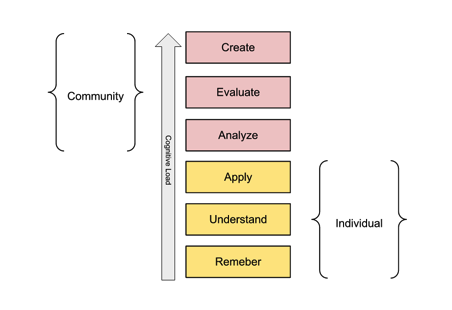

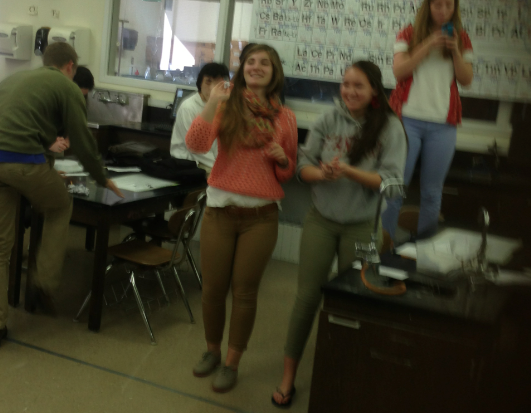
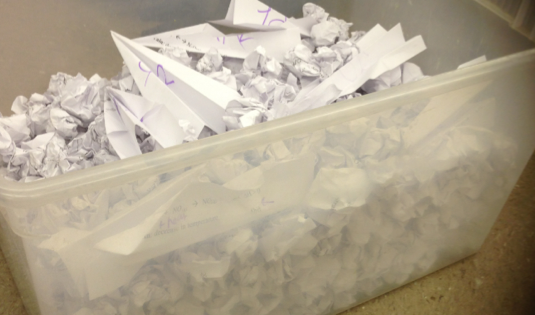
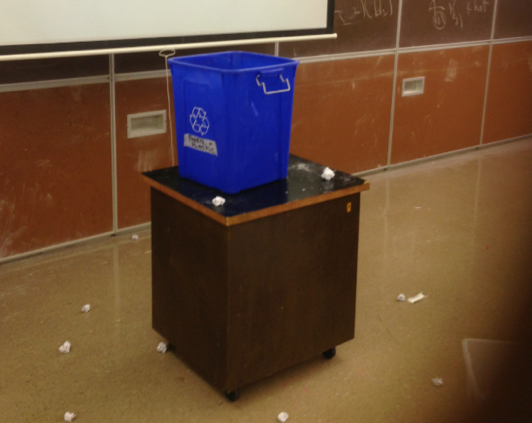
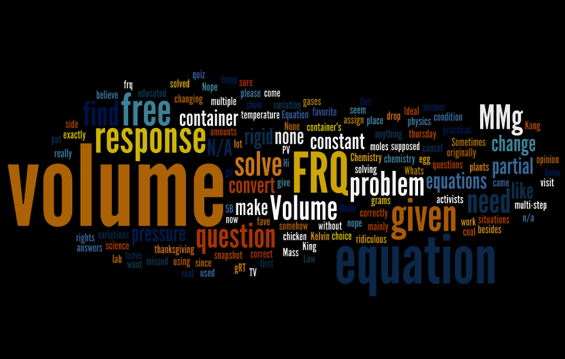
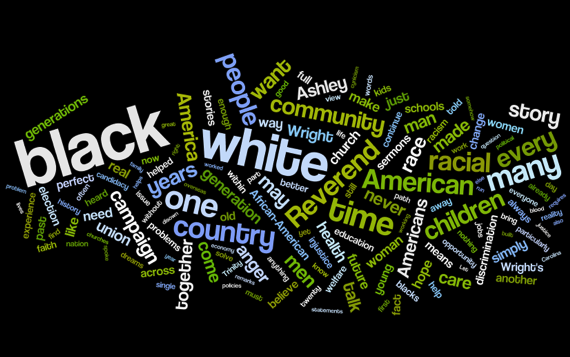
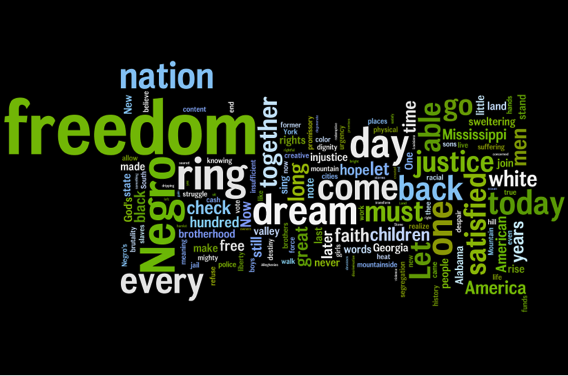
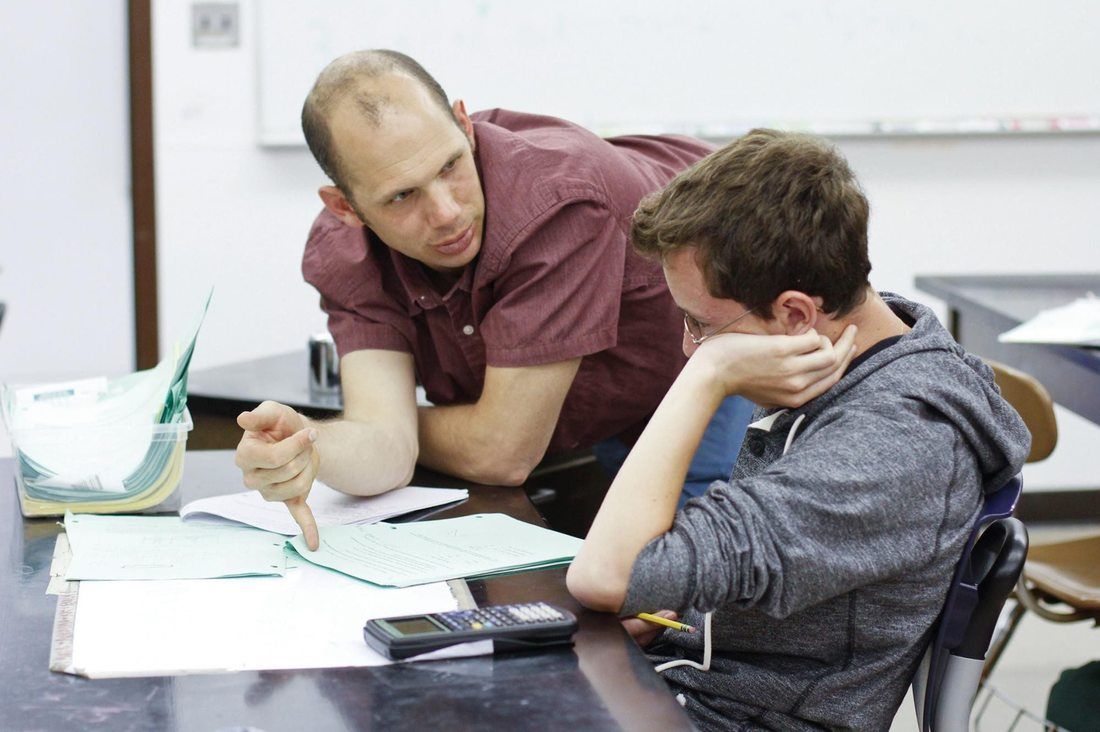
 RSS Feed
RSS Feed